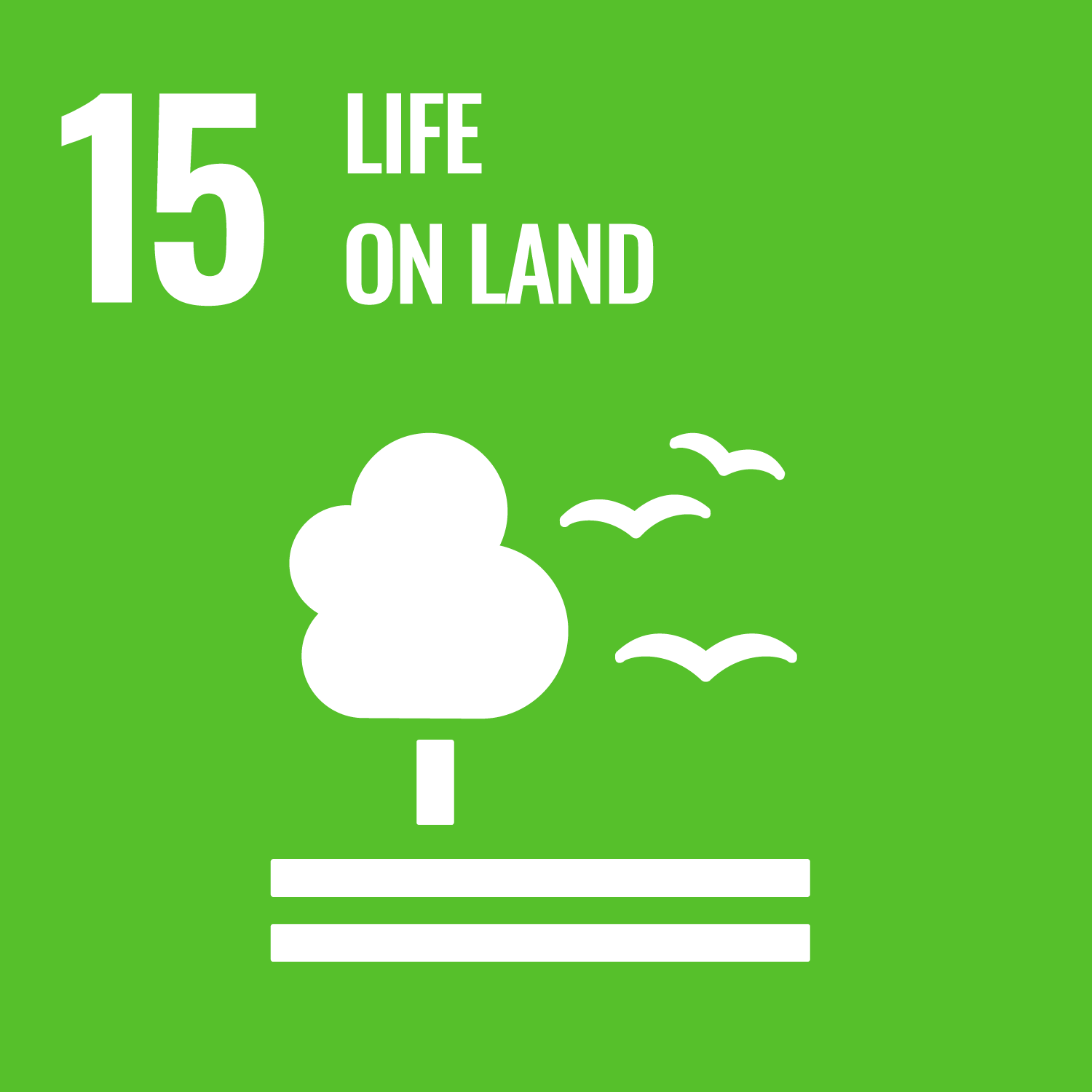Sun, Y., Zhang, C., Wei, Y.-H. et al. (5 more authors) (2025) Machine learning for efficient CO2 sequestration in cementitious materials: a data-driven method. npj Materials Sustainability, 3 (1). 9. ISSN 2948-1775
Abstract
Extensive experimental work has proved that CO2 sequestration by cementitious materials offers a promising venue for addressing the rising carbon emissions problem. However, relying merely on experiments on specific materials or some simple empirical methods makes it difficult to provide a comprehensive understanding. To address these challenges, this paper applies three advanced machine-learning techniques (Decision Tree, Random Forest, and eXtreme Gradient Boosting (XGBoost)), with existing datasets coupling with data collected from the literature. The results show that the XGBoost model significantly outperforms traditional linear regression approaches. In addition, aiding in the SHapley Additive exPlanations(SHAP), apart from the widely recognized factors, cement type was also investigated and shown its crucial role in affecting carbonation depth. CEM II/B-LL and CEM II/B-M are two types having high carbonation potential. The results enable the identification of key factors influencing CO2 sequestration through cement and provide insights into optimizing experimental design.
Metadata
| Item Type: | Article |
|---|---|
| Authors/Creators: |
|
| Copyright, Publisher and Additional Information: | © The Author(s) 2025. Open Access: This article is licensed under a Creative Commons Attribution-NonCommercial-NoDerivatives 4.0 International License, which permits any non-commercial use, sharing, distribution and reproduction in any medium or format, as long as you give appropriate credit to the original author(s) and the source, provide a link to the Creative Commons licence, and indicate if you modified the licensed material. You do not have permission under this licence to share adapted material derived from this article or parts of it. The images or other third party material in this article are included in the article’s Creative Commons licence, unless indicated otherwise in a credit line to the material. If material is not included in the article’s Creative Commons licence and your intended use is not permitted by statutory regulation or exceeds the permitted use, you will need to obtain permission directly from the copyright holder. To view a copy of this licence, visit http://creativecommons.org/licenses/by-nc-nd/4.0/. |
| Keywords: | Civil Engineering; Engineering; Built Environment and Design; Building; Networking and Information Technology R&D (NITRD); Machine Learning and Artificial Intelligence; Life on Land |
| Dates: |
|
| Institution: | The University of Sheffield |
| Academic Units: | The University of Sheffield > Faculty of Engineering (Sheffield) > Department of Materials Science and Engineering (Sheffield) |
| Depositing User: | Symplectic Sheffield |
| Date Deposited: | 30 Apr 2025 14:33 |
| Last Modified: | 30 Apr 2025 14:33 |
| Status: | Published |
| Publisher: | Springer Science and Business Media LLC |
| Refereed: | Yes |
| Identification Number: | 10.1038/s44296-025-00053-z |
| Related URLs: | |
| Sustainable Development Goals: | |
| Open Archives Initiative ID (OAI ID): | oai:eprints.whiterose.ac.uk:225881 |

 CORE (COnnecting REpositories)
CORE (COnnecting REpositories) CORE (COnnecting REpositories)
CORE (COnnecting REpositories)